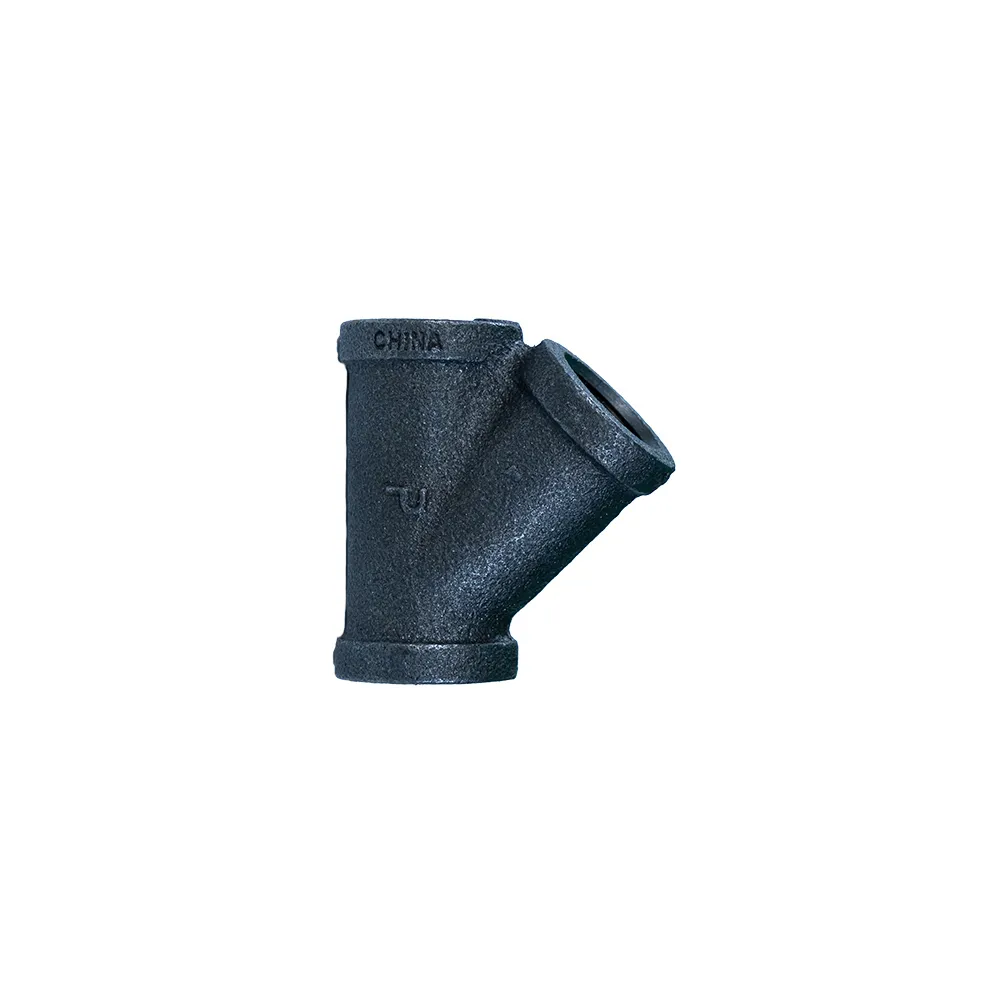Navigating the world of fittings can be daunting, especially when trying to distinguish between male and female fittings. These terms are often used in the plumbing, automotive, and manufacturing industries, yet misunderstandings continue to exist. Understanding these components is crucial, not just for the success of a project, but for ensuring safety and efficacy in various applications.

At the heart of this discussion is how male and female fittings are designed to interact. Male fittings are characterized by their external threads; they are designed to fit into female fittings, which have internal threads. This pairing ensures a secure, leak-proof connection critical in industries relying heavily on precision and reliability. It's this mechanism that secures a myriad of applications, from simple household plumbing to complex hydraulic systems in sophisticated machinery.
The expertise required to select the right fitting goes beyond understanding their design, however. It's crucial to appreciate the materials used. Male fittings, often found in brass, copper, PVC, and stainless steel, offer varying degrees of durability and resistance to environmental factors. Brass and copper fittings, for example, are renowned for their corrosion resistance, making them ideal for water and gas applications. On the other hand, stainless steel offers the highest resistance to high pressure and temperature, which is essential for industrial applications where the stakes are high.

Similarly, female fittings are crafted from diverse materials suited for specific applications. PVC female fittings, lightweight and resistant to corrosion, are perfect for plumbing systems carrying water or other non-corrosive liquids. Meanwhile, metal female fittings are indispensable in high-pressure environments and essential in industries like gas and oil, where safety can't be compromised.
Real-world experience shows the consequences of choosing the wrong fitting can be dire—ranging from minor leaks to catastrophic system failures. When an HVAC technician selects the wrong type of fitting for a refrigeration line, for example, it can result in refrigerant leaks that not only cause system failures but also environmental hazards.
male fitting vs female fitting
Expertise in selecting fittings also involves understanding standards and regulations that govern their use. Various industries have established strict guidelines that dictate the material, design, and usage of fittings. For example, the American National Standards Institute (ANSI) and other equivalent bodies worldwide set forth standards ensuring that fittings meet minimum safety and quality specifications. Using fittings that conform to these standards not only ensures safety and functionality but also lends an air of authority and trustworthiness to the project or product.
Authoritativeness in the field of fittings is demonstrated through knowledge and experience but also through an understanding of technological advances. Recent innovations have introduced quick-connect systems, eliminating the need for traditional threaded fittings. These systems, often used in vehicles and high-tech manufacturing processes, highlight the shift towards efficiency and precision, underscoring the importance of staying informed of industry trends.
To build trustworthiness, professionals dealing with fittings should also consider the lifecycle cost of the products they choose. While a stainless-steel fitting may present a higher upfront cost than plastic, its longevity, resistance to a range of environmental conditions, and safety credentials often make it the more economical choice over time.
In conclusion, distinguishing between male and female fittings is far more than a matter of design acquaintance. It's about understanding their application, ensuring adherence to standards, recognizing the importance of material choice, and staying abreast of industry developments. This comprehensive approach not only ensures successful project outcomes but also builds a reputation grounded in reliability and authority. With an informed approach, professionals can confidently choose the right fittings, knowing they are safeguarding operational integrity and maintaining the trust placed in them by clients and stakeholders alike.
Post time:
Jan-20-2025











